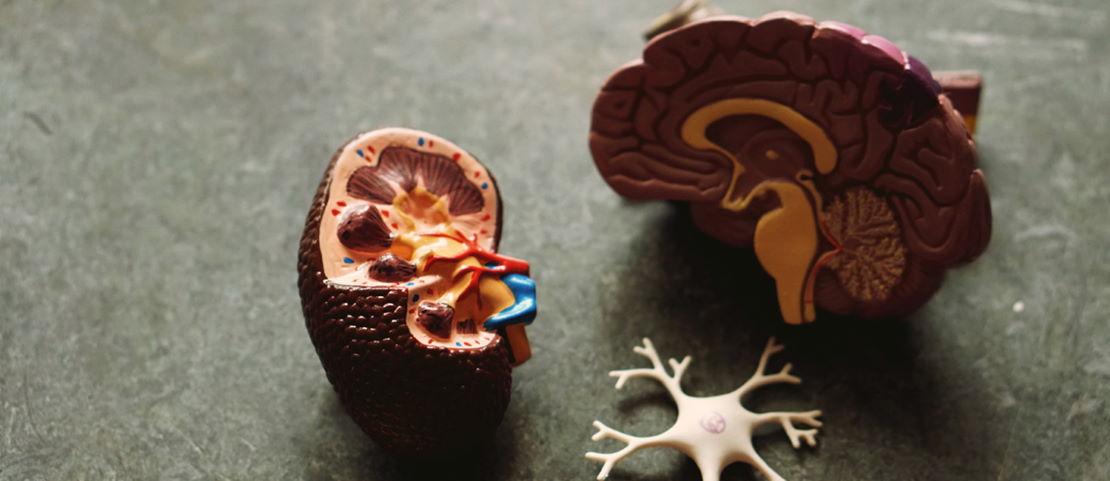

How Mind-Blowing Technology is Combating the Opioid Crisis.
Neuromodulation is a game-changer. Its stimulation interference technology is a viable and safe alternative to opioids. It has been proven to provide successful life-changing treatment for neurological indications like depression, migraine, epilepsy and chronic pain.
This rapidly evolving therapy works by either actively stimulating nerves to produce a natural biological response, or by applying targeted pharmaceutical agents directly to the site of action where neurological issues occur.
Its broad therapeutic scope - which also includes spinal cord damage and urinary incontinence - alongside significant improvements in biotechnology, mean that the neuromodulation market is well poised for major growth, with the treatment becoming a popular alternative to opioid drugs.
Start-ups specialising in neuromodulation are encouraging this growth and really beginning to push innovation in the space. Here are four companies leading the way, maximising the power of the body’s own neurological system and helping to eliminate the need for super-strength opiates:
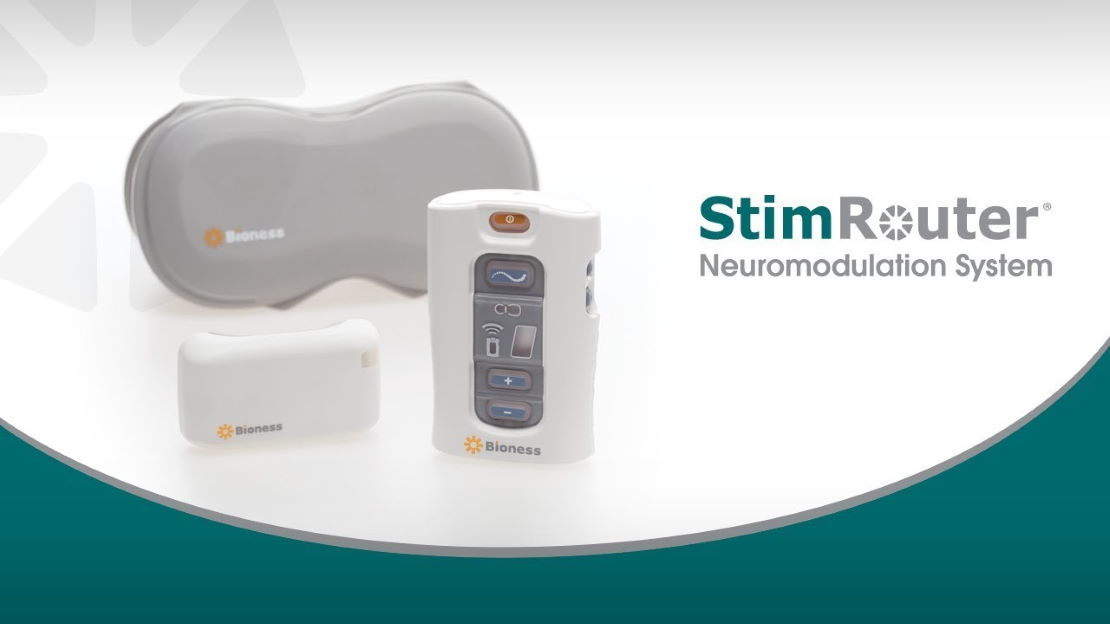
Bioness offer the only implantable neuromodulation device for adults with chronic pain that specifically targets the peripheral nerve origin – in other words the pain origin.
Their Bioness Stimrouter device has attracted a lot of attention since hitting the market because it offers a curative option to chronic pain, unlike other treatments including physiotherapy, bedrest and (opioid) pain killers.
The implantation procedure takes under 20 minutes, with the l implant minimally invasive. The wireless, handheld patient programmer allows patients to customise stimulation programmes to tailor treatment to their personal thresholds.
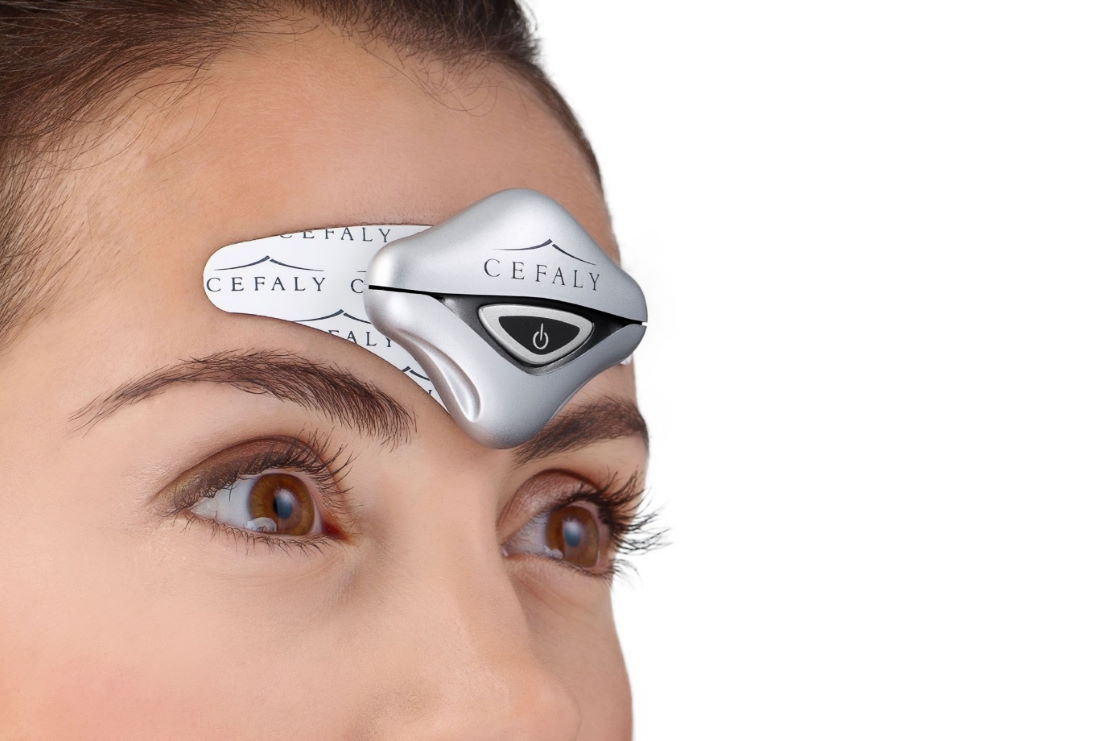
Traditionally treated with pain killers, migraine is another neurological indication benefiting from neuromodulation.
Migraine affects 15% of the general population and is responsible for the highest socio-economic cost within brain disorders. CEFALY Technology’s medical device unit are leading innovation in this area, treating migraines with wearable headbands.
CEFALY’s device delivers transcutaneous electrical nerve stimulation (TENS) to the trigeminal nerve, which is known to trigger migraine headaches. Daily use of this device has been shown to increase endorphins and tactile sensitivity levels at the branch of the trigeminal nerve. This treatment modifies the migraine threshold, leading to less painful and less frequent migraines. It can even lead to the complete disappearance of migraines.
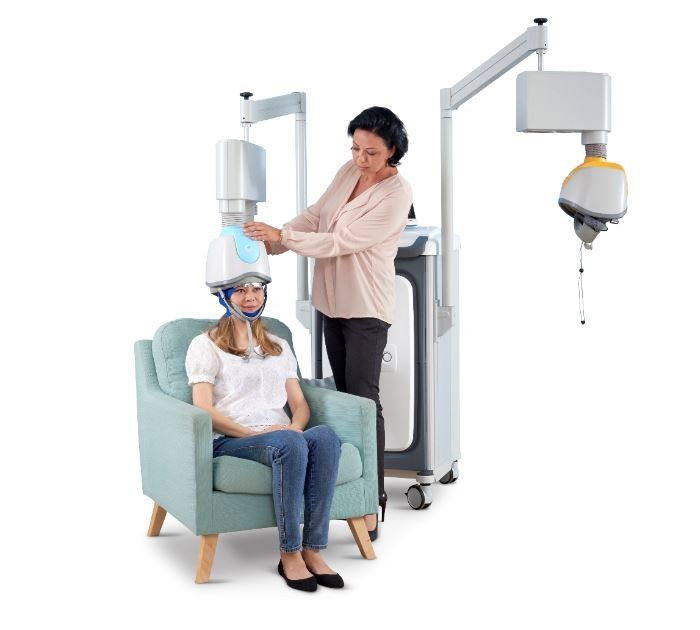
Depression is another neurological condition that has traditionally been treated with drugs. The effectiveness of anti-depressant drugs is an issue that has been largely debated, but that’s for another day. What’s important is that Transcranial Magnetic Stimulation (TMS) therapy is a welcome addition to the depression treatment field.
Israeli-based Brainsway are regarded as a true innovator within this space and are expanding at an impressive rate, with several solutions to the treatment of depression and anxiety.
BrainsWay’s Deep TMS device is one treatment offered to patients with depression that fail to respond to antidepressant medications. This patented treatment method involves deep magnetic stimulation of the bilateral prefrontal cortex, which has been shown to be responsible for depression. This approach is proven to improve depression symptoms in many patients, leading to remission in one third of patients.
I spoke about Brainsway in my 2018 article, “Transcranial Magnetic Stimulation: 3 Companies Saying No to Drugs ”, and they have gone from strength to strength since that point, particularly in the USA, where they have recently received FDA approval for the treatment of OCD.
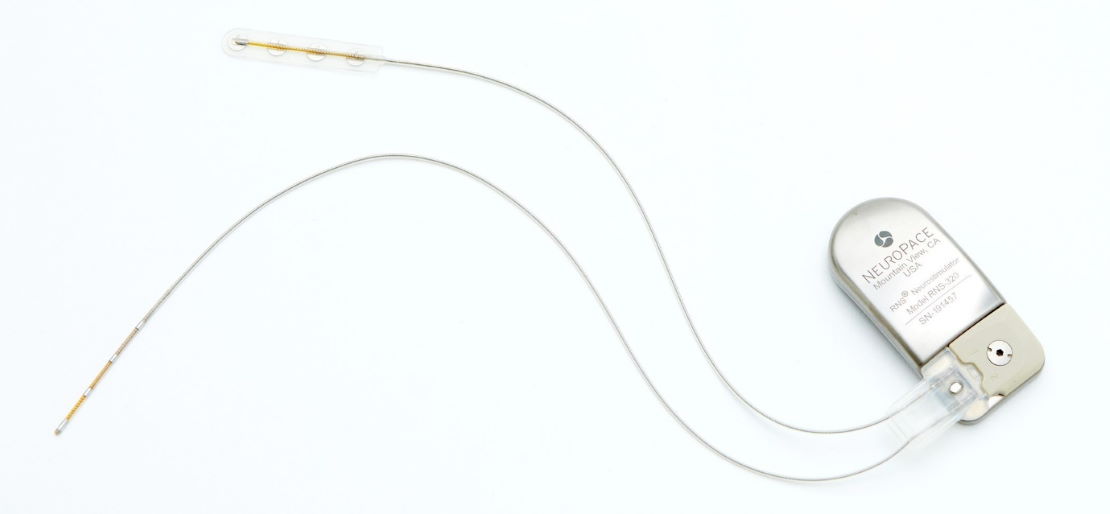
NeuroPace is another company providing solutions for drug resistant conditions. Their RNS System is the world’s first and only brain responsive neurostimulation treatment which safely reduces seizures for patients with drug resistant epilepsy.
Stimulation is generated by a neurostimulator located underneath the scalp and delivered via leads to the seizure onset area. Each treatment is personalised with the RNS system constantly monitoring brainwaves to detect unusual activity and respond in real time. This means the RNS system is often able to normalize brainwaves before seizure symptoms start.
Once implanted, the device is unnoticeable. Even more amazingly, the RNS System is a reversible treatment that does not involve removing any brain tissue.
Neuromodulation is ‘mind blowing’ – pun intended. It’s safely changing the lives of patients with neurological inclinations like depression, plus treating patients with overactive bladders and spinal cord damage.
From wearable headbands stopping migraine, to systems personalised to stop a patient's epileptic seizures, the technology coming out of this space is incredible.
With the FDA encouraging innovation to fight the opioid crisis, ongoing improvements in biotechnology and a broad therapeutic scope; the potential for neuromodulation is huge. Watch this space.
Recommended.
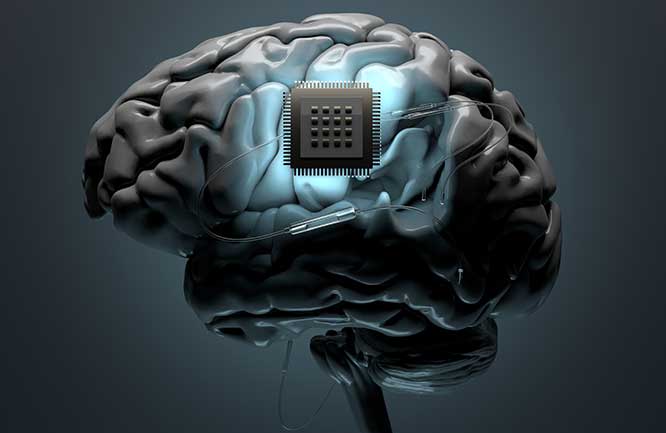
Five Neuromodulation Companies to Watch.
The breadth of neuromodulation advancements is astounding. I take a look at the top 5 device companies to watch in the year to come.
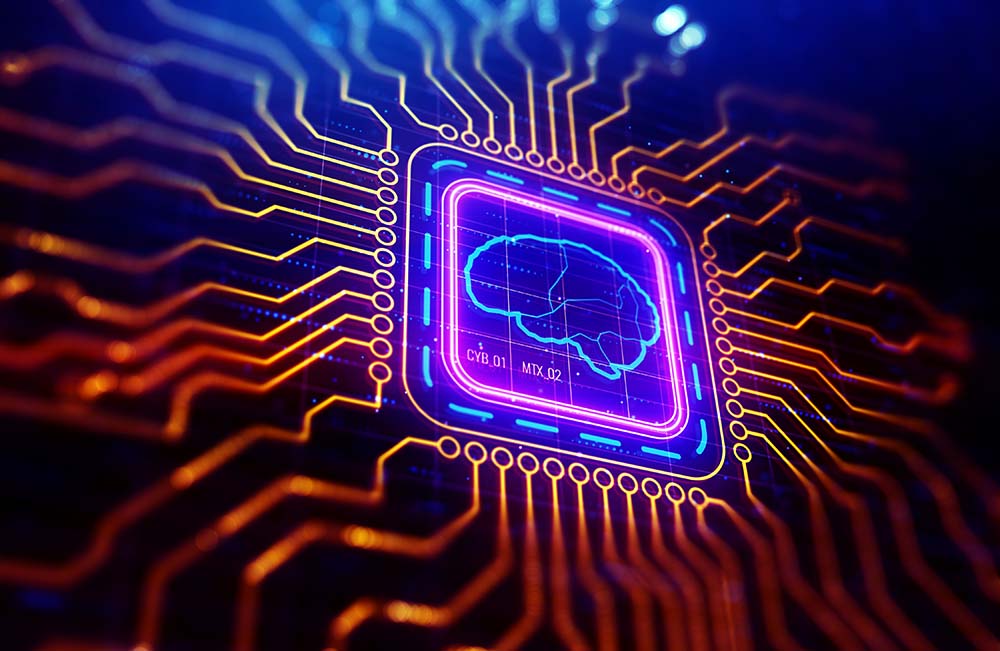
What Does Consumer Neurotech Innovation Mean for the Medical Device Industry?
Integrating systems into the human brain to control our everyday devices may seem very ‘Black Mirror’, but thanks to modern neurotechnology it's quickly becoming reality. Click to find out more.
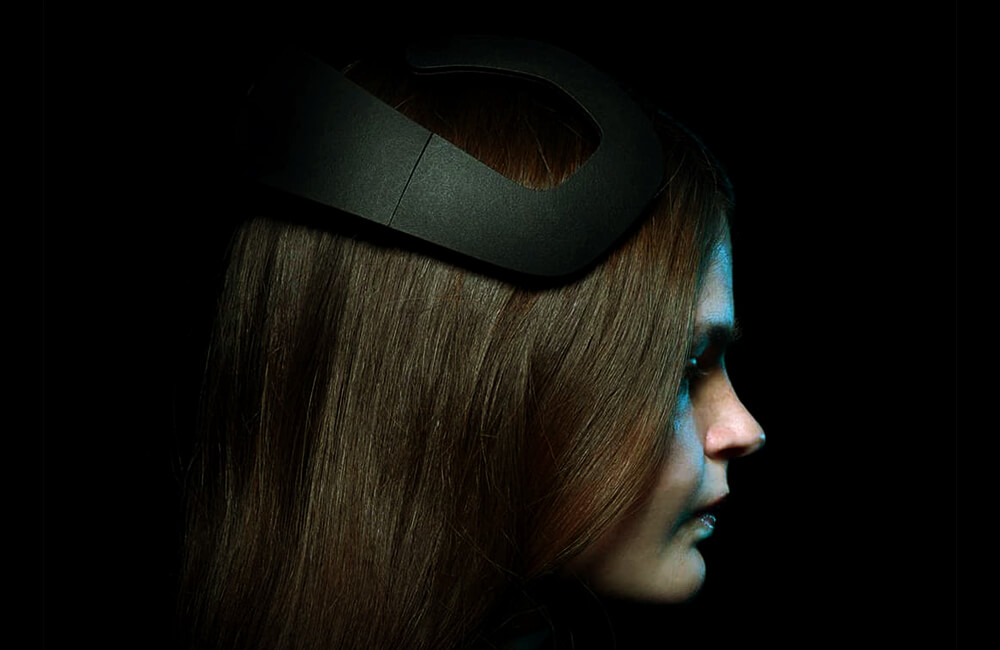
What Can Brain-Computer Interface Actually Do?
With so much media attention surrounding the entrance of Elon Musk into the brain-computer interface space, I've collaborated with two experts to find out what this sci-fi-esque technology can actually do.
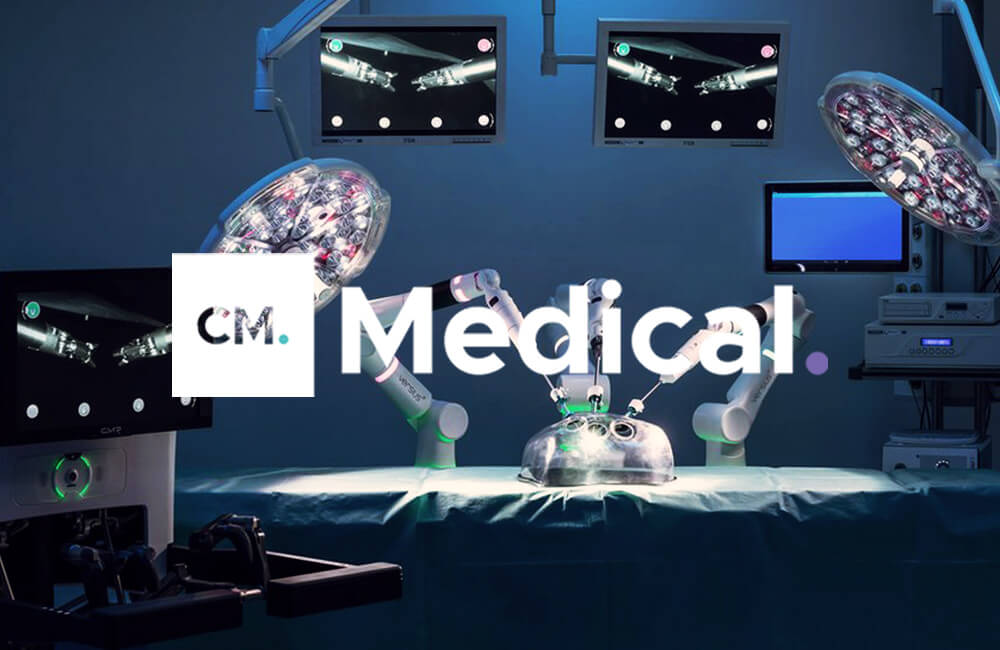
What Can You Expect from Med-Tech in 2021?
There’s optimism throughout all the med-tech markets we serve and to celebrate this we asked our CM Medical recruitment specialists about innovations, industry news and trends to expect from the year ahead.
Comments.